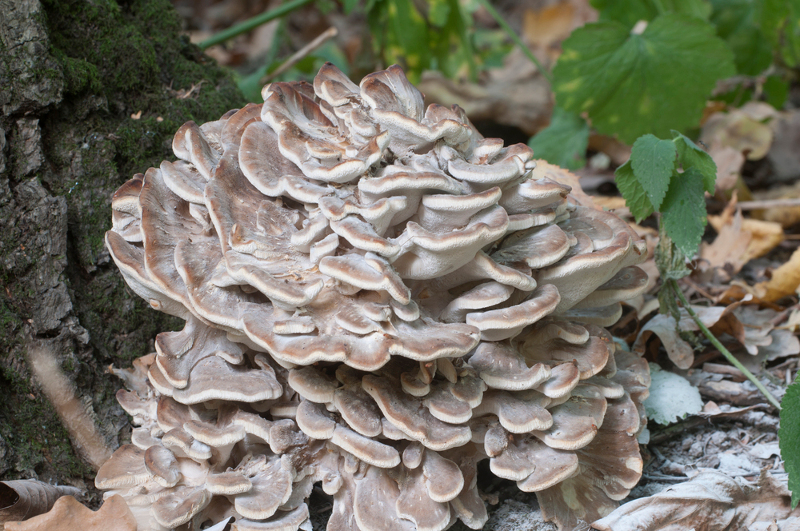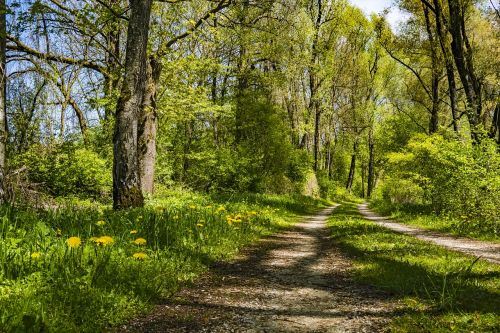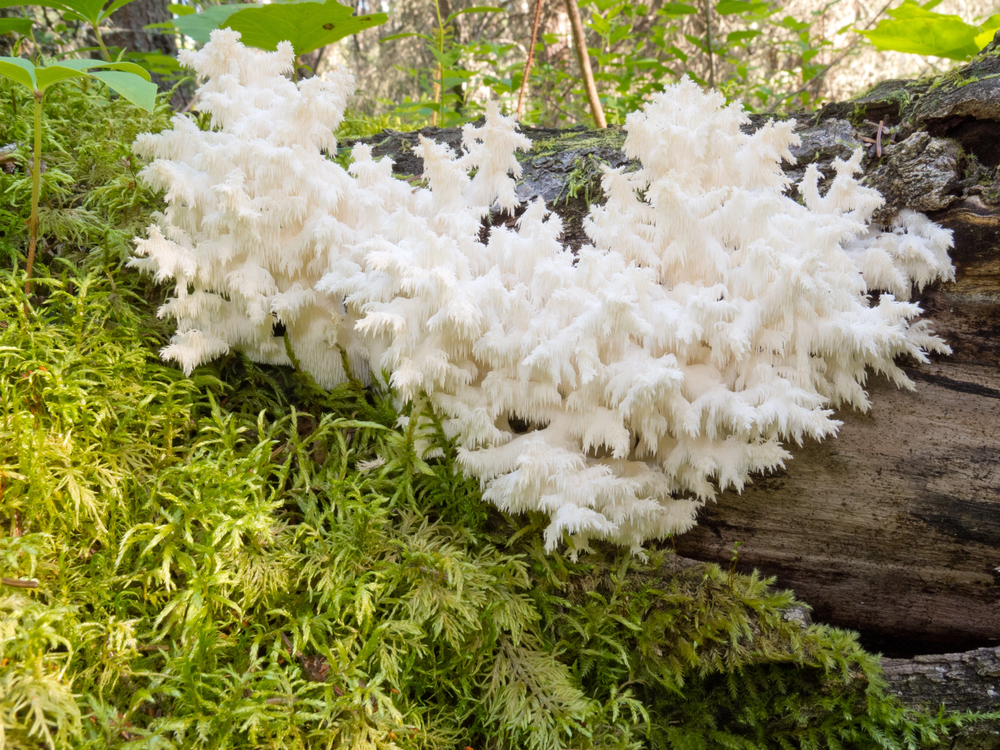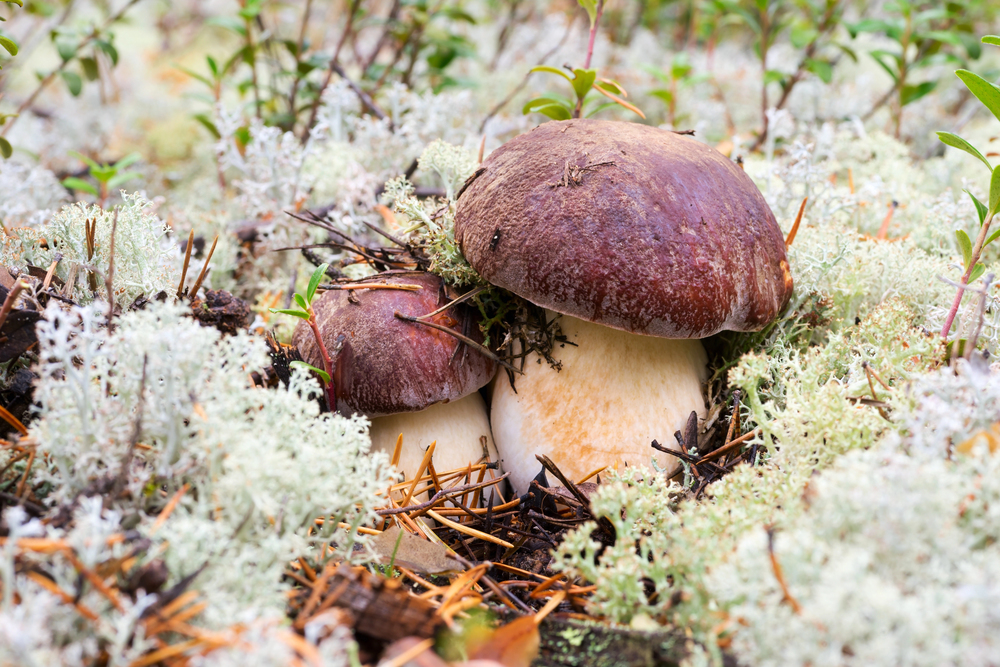Maitake mushroom, prized by foragers and chefs alike, represents one of nature’s most distinctive wild edibles. This remarkable fungus, known scientifically as Grifola frondosa, emerges each autumn as an intricate collection of gray-brown fronds that can reach impressive proportions at the base of mature hardwoods. While its culinary and medicinal properties have garnered considerable attention, proper identification remains paramount for safe harvesting. Understanding the subtle characteristics that distinguish maitake from other woodland fungi requires careful attention to detail and a thorough knowledge of key identifying features.
Key Takeaways
- Look for large grayish-brown clusters with fan-shaped caps growing at the base of mature oak trees from late August to November.
- Verify white pores on the underside instead of gills, with flesh that bruises brown but doesn’t turn black when damaged.
- Identify the distinctive rosette pattern formation, with wavy-edged caps measuring 2-10 cm broad and velvety to smooth texture.
- Check for growth specifically at tree bases or within feet of hardwood trunks, particularly oak, maple, or elm trees.
- Ensure mushroom clusters have a central milky-white stem base and produce a white spore print for positive identification.
Where to Find Maitake?
The wild maitake mushroom can be found in deciduous forests across Japan, China, North America, and parts of Europe, with scattered populations in Australasia. In North America, foragers frequently encounter these mushrooms in eastern, mid-western, and southeastern states, along with throughout Eastern Canada.

Maitake shows a strong preference for mature hardwood trees, particularly oak, maple, elm, blackgum, and beech species. The most productive locations feature trees with a minimum diameter of 4 feet, especially those situated on southwest-facing slopes near water collection areas. Their feathery clustered growth makes them distinctly recognizable when growing at the base of these trees.
The finest hunting grounds include old-growth forests, stream banks, parklands, and areas with fallen trees or decaying stumps. When searching, focus on locations where high humidity levels naturally occur, as maitake requires 85-95% humidity for ideal growth.
Foragers should time their searches between August and November when temperatures range from 50-70°F (10-21°C). Avoid chemically-treated areas such as golf courses, and instead concentrate on natural woodland settings where sustainable harvesting practices can be maintained.
Physical Appearance and Characteristics
Maitake’s distinctive appearance makes it one of nature’s most recognizable wild mushrooms, characterized by large clusters of overlapping, fan-shaped caps that can span up to 50 centimeters in diameter and weigh between 5 to 50 pounds. These grayish-brown caps grow in a striking rosette pattern from a central milky-white stem, creating a formation that resembles a roosting hen or ram’s head.
The individual caps, or fronds, feature wavy margins and measure 2-10 centimeters broad, with a velvety to smooth surface texture that darkens at the edges with age. The underside of each cap contains fine pores instead of gills, typically 1-3 pores per millimeter, with tubes extending no deeper than 3 millimeters. The entire mushroom grows from a potato-sized sclerotium at the base.
The flesh maintains a white, semi-firm consistency with a chewy texture that becomes tougher as the mushroom matures. When examining a specimen, look for the characteristic fan-like shape of individual caps, the absence of gills, and the presence of small pores on the underside. The mushroom’s surface will bruise brown when handled, and mature specimens will display a white spore print.

Key Identification Features
Identifying wild maitake mushrooms requires attention to several distinctive features that set them apart from potential lookalikes. The fungus displays a characteristic branching, rosette-like structure with brown or gray caps on top and white porous surfaces underneath, rather than gills. This distinctive formation often develops into clusters that can be as large as basketballs.
Maitake typically grows at the base of old or dying oak trees, though it can occasionally be found on elm and maple species. The mushroom prefers areas with rich, dark topsoil and favors sunlit locations in deciduous forests, particularly in unmaintained parks and oak groves.
A key distinguishing characteristic is that maitake does not stain black when damaged, unlike its common lookalike, the black staining polypore. The texture remains soft and tender, making it easy to cut or snap, while lacking the layered, striated appearance of similar species.
For positive identification, verify that the specimen produces a white spore print and grows exclusively from the tree base or nearby roots. The mushroom can reach substantial sizes and typically takes one to two weeks to fully develop, allowing for careful observation before harvest.
Seasonal Growth Patterns
Seasonal timing plays a significant role in successful maitake foraging, with peak growth occurring during fall months from late August through November. These mushrooms demonstrate remarkable adaptability to temperature variations, thriving in conditions between 50-70°F (10-21°C) while tolerating temperatures as low as 40°F (4°C). The fungus particularly flourishes around elevated chestnut trees where organic matter is abundant.
For cultivation purposes, maintaining consistent environmental conditions is essential for ideal growth and development. Room temperatures around 68-73°F (20-23°C) provide perfect conditions for both incubation and pinning phases, while humidity levels should remain between 85-95%.
| Growth Factor | Ideal Conditions |
|---|---|
| Temperature | 50-70°F (10-21°C) |
| Humidity | 85-95% |
| Light | Indirect/Ambient |
| Season | Late Aug-Nov |
| Growing Time | 4 months + 1 week |
In specific regions like Tang Mountain, planting occurs from November to April to avoid high temperatures and disease risks. This timing allows mycelia to develop fully before the rainy season begins, resulting in increased yields. The complete growth cycle, from incubation through harvest, typically spans four months, with fruiting bodies ready for collection approximately one week after entering fruiting conditions.
Common Host Trees
While timing dictates when to search for maitake mushrooms, knowing where to look is just as significant for successful foraging. Oak trees, particularly red and white oak species, serve as the primary hosts for this prized mushroom, with beech trees being another reliable option for foragers. These valuable fungi can grow to reach up to 10 pounds, making them an impressive find for any forager.
The mushroom shows a strong preference for mature hardwood trees, especially those that experience cold winters. Black oak and broad-leafed oak varieties are more productive hosts compared to pin oak or live oak species, while elm, maple, chestnut, and sycamore trees can likewise support maitake growth.
Maitake typically appears at the base of these trees or within several feet of the trunk, connected through the root system. The fungus establishes itself as a weak parasite, causing white rot in the host tree’s roots and potentially compromising its structural integrity over time.
Urban foragers should note that maitake can thrive on street trees and in city parks, particularly in the northeastern United States. Once established, these mushrooms often return to the same host tree annually, making specific trees valuable spots for regular harvesting.
Safe Harvesting Methods
When harvesting maitake mushrooms, proper cutting techniques involve grasping the base firmly and using a sharp, clean knife to make an angled cut just above the ground level. Sustainable collection practices require leaving at least 30% of each cluster intact to allow for future growth and spore dispersal throughout the surrounding area. Careful attention must be paid to avoid damaging the tree’s root system during harvest, while gently cleaning any soil or debris from the mushroom’s base before placing it in a breathable collection basket. After harvesting, specimens can be stored in the refrigerator to maintain optimal freshness.
Proper Cutting Techniques
Proper harvesting and cutting techniques are essential for maintaining the quality and integrity of maitake mushrooms. When handling these delicate fungi, begin by gently separating the individual caps from the main cluster, which helps preserve their natural texture and appearance.
The preparation process starts with cleaning the mushroom using a soft brush or damp cloth to remove any dirt or debris. Similar to button mushrooms, it’s best to avoid soaking these delicate fungi in water to maintain their optimal texture. Rather than traditional slicing methods used for other mushrooms, maitake clusters can be pulled apart by hand into smaller, manageable pieces because of their unique growth structure.
For the base portion, use a sharp knife to trim away any tough or discolored stems, ensuring a clean cut at the bottom of the cluster. When breaking down larger sections, work carefully to maintain the natural fan-like appearance that makes maitake so distinctive.
Store your prepared maitake pieces in a paper bag in the refrigerator to maintain freshness. Remember to clean your cutting tools thoroughly between uses to prevent cross-contamination, and always inspect mushrooms for signs of over-maturity, such as white spores on the ground beneath them, before harvesting.
Sustainable Collection Practices
Sustainable collection practices form the foundation of responsible maitake mushroom harvesting. The ideal harvesting season runs from September through December, when these prized mushrooms flourish at the base of oak trees and occasionally on dying or fallen timber.
To guarantee long-term species survival, harvesters should select younger specimens while leaving mature mushrooms to disperse spores throughout the ecosystem. A single large maitake can provide a month’s worth of harvesting without depleting the entire specimen, allowing for both personal collection and ecological preservation.
Responsible harvesting requires careful attention to location selection, avoiding areas treated with chemicals or pesticides. When collecting, use clean cuts that don’t damage the underlying mycelium or host tree, and position harvested mushrooms with their pore surfaces facing downward to promote spore dispersal. Our commitment to safe, reliable products drives us to emphasize proper identification and collection methods.
Record keeping plays an essential role in sustainable practices, helping foragers track productive locations and monitor ecosystem health over time. By maintaining detailed harvest logs and observing the health of host trees, collectors can guarantee their activities support, rather than harm, the delicate balance of forest ecosystems where maitake thrives.
Look-Alike Species to Avoid
Identifying Maitake mushrooms can be significantly simplified by understanding its key distinguishing features from similar-looking species. While Maitake has no dangerously poisonous look-alikes, several similar mushrooms could cause confusion during foraging expeditions.
- The Black-staining Polypore closely resembles Maitake but can be differentiated by its distinctive blackening reaction when touched or cut, along with its remarkably rubbery texture.
- Berkeley’s Polypore shares a similar growth pattern and appearance but tends to be lighter in color and lacks the deeply layered, feathered appearance characteristic of Maitake.
- The Umbrella Polypore features funnel-shaped caps rather than the fan-shaped formations typical of Maitake and appears earlier in the summer season.
The most reliable way to distinguish Maitake involves examining its specific growth characteristics at oak tree bases, where it forms distinctive grey to brown layered clusters with white pores underneath. When foraging, pay particular attention to the mushroom’s location, as Maitake strongly prefers hardwoods, especially oak trees, and typically appears from late summer through early fall. For positive identification, look for the characteristic white spore print on the ground beneath mature specimens.



